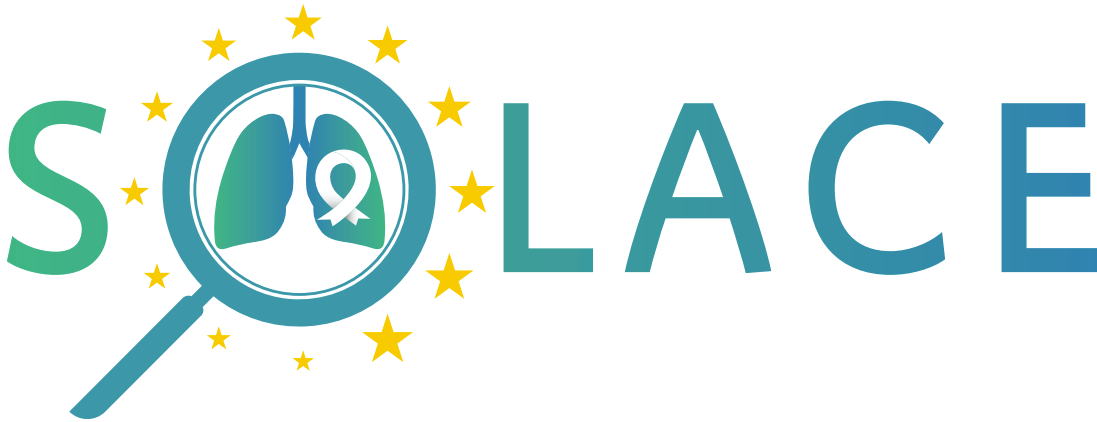The process for lung cancer screening may be different depending on the programme in your country.
The pathway below takes you through the typical steps involved in lung cancer screening. It is based on clinical pathways produced for healthcare professionals to ensure best practice in screening across Europe.
Healthcare professionals will first check who is eligible for lung cancer screening in their area. If you want to know whether you are eligible, take our quick quiz or read our page on eligibility.
- If you are eligible, you will be entered into the programme, which will follow the next steps.
- If you are not eligible, you will not be invited for lung cancer screening.
You will be sent an invitation for a lung health check.
- If you reply, you will move on to step 3.
- If you don’t reply, you will be invited again later.
You will be asked some questions about your lifestyle to understand your risk of lung cancer.
- Once your risk is understood, you will move to step 4.
- If it is not clear from your answers what your risk of lung cancer is, the healthcare professional may ask more questions or refer you to another service as needed.
Your healthcare professional will confirm if you are eligible for lung cancer screening following on from the questions asked in step 3. They will also ask for your consent to take part in the programme and carry out a few basic health checks. This can include breathing tests and heart checks. You will also be offered support for quitting smoking if you are a current smoker.
Next steps:
- If you are eligible and you have given consent, you will be offered a low-dose CT scan.
- If you have new symptoms at this stage, you will be sent for further checks with your doctor and the screening test will be paused.
- If you are not eligible, you will not carry on with the screening programme.
Your low-dose CT scan will now take place either during the same appointment or at a new appointment depending on the programme in your country.
- If you take the scan, you will move on to the next step receive the results.
- If you do not have the scan, you will be re-invited to take the scan at another date.
The following outlines the results you could receive and the next steps:
No problems found
You will then be invited back for another scan in 1–2 years (depending on your risk).
Other findings:
- If the issue found suggests you need to see your family doctor/general practitioner, you will be referred to them. You will be invited back to the lung cancer screening programme once this issue has been managed.
- If the issue found requires hospital care, you will be referred on. You will be invited back to the lung cancer screening programme once the other issue has been managed.
- If small non-cancerous lung nodules are found, your healthcare professional team will follow specialist guidelines to manage this. It will either involve care in hospital or a return to the lung cancer screening programme for follow-up checks.
Lung cancer is found
If lung cancer is found, you will receive an urgent referral to hospital care for further tests and treatment, if needed. After treatment or follow-up, you may be asked to return to the programme.
Other serious condition is found
If another condition, such as chronic obstructive pulmonary disease (COPD), is found, you will be referred to the right hospital team. After treatment or follow-up, you may be asked to return to the programme.
At this final stage, you will be informed about the next steps based on your results:
- If you still need lung checks, you will be told when your next scan should be (every year, every two years, or at another interval).
- If you do not need more checks, you will be discharged or cared for through your usual NHS team.
If you feel like you need further support after receiving the results of your scan, read our pages on FAQs, further support services and patient stories.
